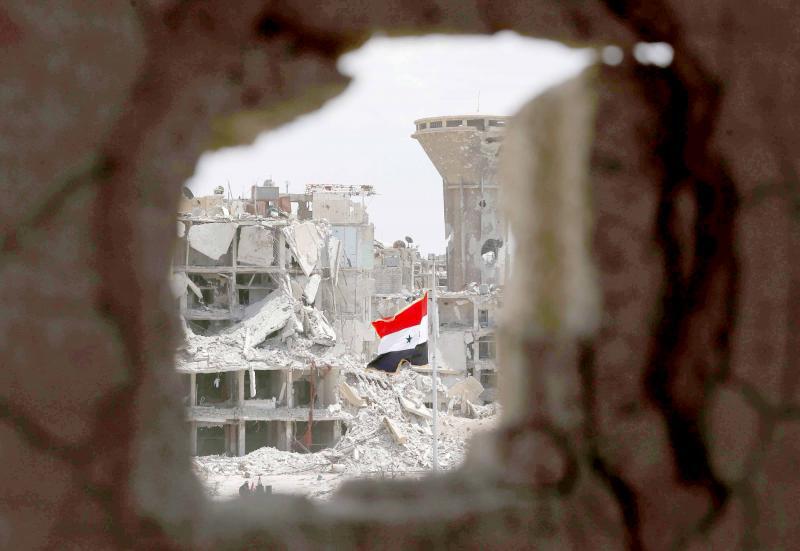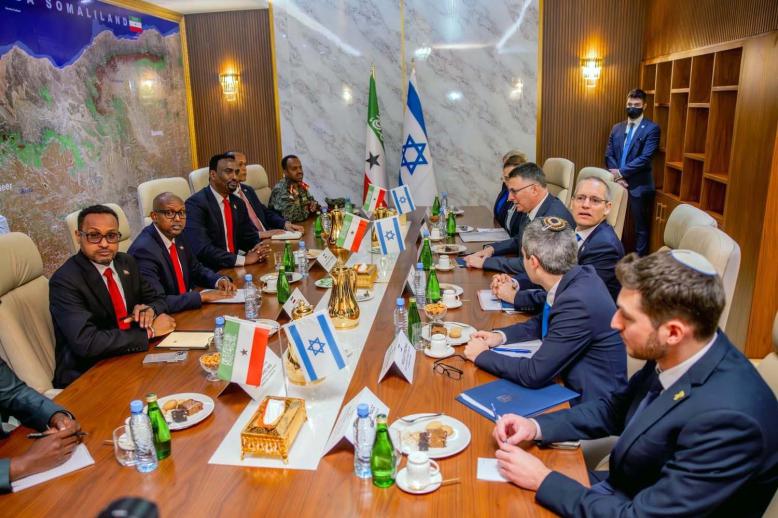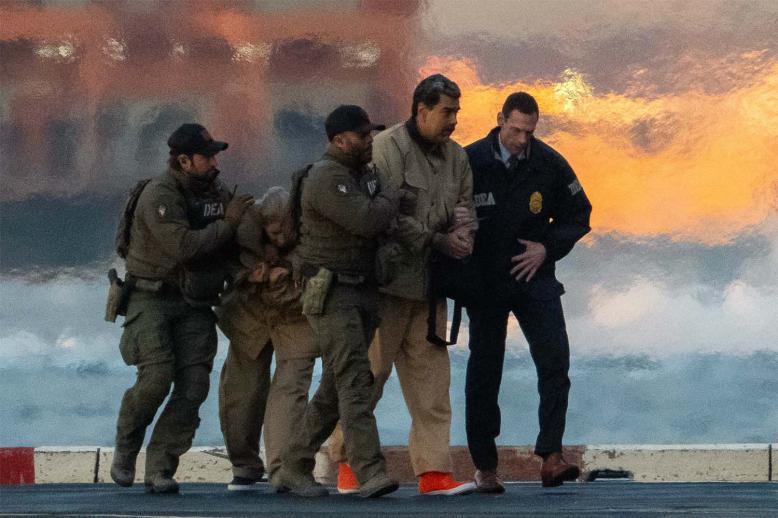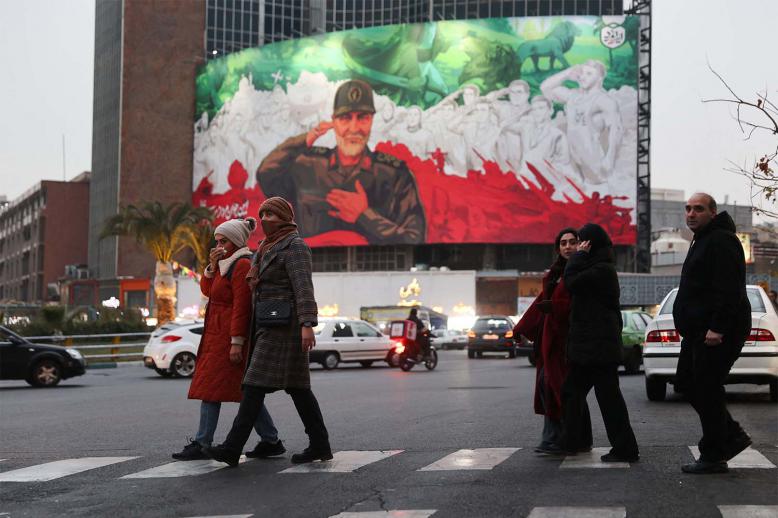What will Syria look like in 2019?
A year ago, the Netherlands Institute of International Relations Clingendael published a detailed report on what it thought Syria would look like in 2019. It said any of four scenarios could come to pass: a fragile peace, a high-intensity conflict after a palace coup topples Bashar Assad, the prevalence of warlordism or a low-intensity frozen conflict. The fourth scenario, the report averred, would be tied to large-scale ethnic cleansing.
A year since the report’s release, we can say with relative certainty that none of the four outcomes are likely. So, what should we expect over the coming 12 months for Syria?
For starters, the regime is likely to become a more central player than in recent years. Throughout 2017 and 2018, it stood on the sidelines, allowing sponsors Iran and Russia to dominate the military and diplomatic narratives. Next year, it may go on the offensive, putting the question of Idlib province to bed with the help of Russia’s airpower. It will also look to pressure Lebanon, Jordan and certain Gulf countries to rebuild Syria by offering lucrative construction contracts.
A major reconstruction effort — with public services provided to civilians in pro- and anti-government areas alike — would put Damascus on the path to better ties with Western capitals. To further the rapprochement, Assad’s regime may offer to end its ban on foreign aid groups and could approve visa requests by international humanitarian agencies. This could allow renewed diplomatic relations between Syria and Western countries, which might lead to a massive injection of aid, including for reconstruction.
Will the West play ball? Perhaps not in 2019 or even the following year but at some stage it seems likely Damascus’s sins will be forgiven — if not forgotten. Given its record, however, none of this is to suggest the regime is likely to end the sectarian violence and repression that have served it well for more than half a century.
Russia aside, Turkey is the only foreign country that has significant interest on the ground in Syria. It opened a university campus in Jarabulus, northern Syria, in October. This was a sign Ankara intends to be around for the long term.
Some suspect this may be a smokescreen because Ankara has few long-term options in northern Syria. It has little to gain from continuing to support Hayat Tahrir al-Sham and will probably abandon the extremist group in 2019. Instead, it may opt to double down on Kurdish elements in the region.
It is likely that 2019 will be the first full year since 2010 that Syria broadly experiences peace. That said, what remains is a shattered economy with few socioeconomic opportunities for its exhausted inhabitants.
The Netherlands institute’s Syria report, which covered trade and the economy, noted that inflation was flat in 2017 and prices of some products even fell. While this doesn’t necessarily mean the economy is set to improve, it does point to its cataclysmic decline bottoming out.
While the Clingendael Institute’s report may turn out to be wide of the mark, elements from each of its proposed scenarios resonate significantly. It correctly posits that the threat posed by jihadist terrorism will endure because its underlying causes remain.
“The lack of inclusive governance and equal opportunities under the Assad regime are the roots on which the conflict and [the Islamic State] were able to grow,” the Clingendael report states.
While the Islamic State has dissipated, the conditions that led to its rise have not. Conversations with contacts inside the country reveal that life in Syria continues to be an exercise in endurance. The government has made no genuine attempt to rein in localised black economies, which hurt all but the most loyal of regime lackeys. As such, the gap between the regime and the general population will solidify and become more pronounced in 2019.
While the worst of the conflict is over, the coming year throws up many imponderables for Syria. It may be driven further down the road to economic basket-case status. Without major injections of foreign cash, it will remain a country that is wasting away.
Stephen Starr is an Irish journalist who lived in Syria from 2007 to 2012. He is the author of Revolt in Syria: Eye-Witness to the Uprising (Oxford University Press: 2012).
This article was originally published in The Arab Weekly.







